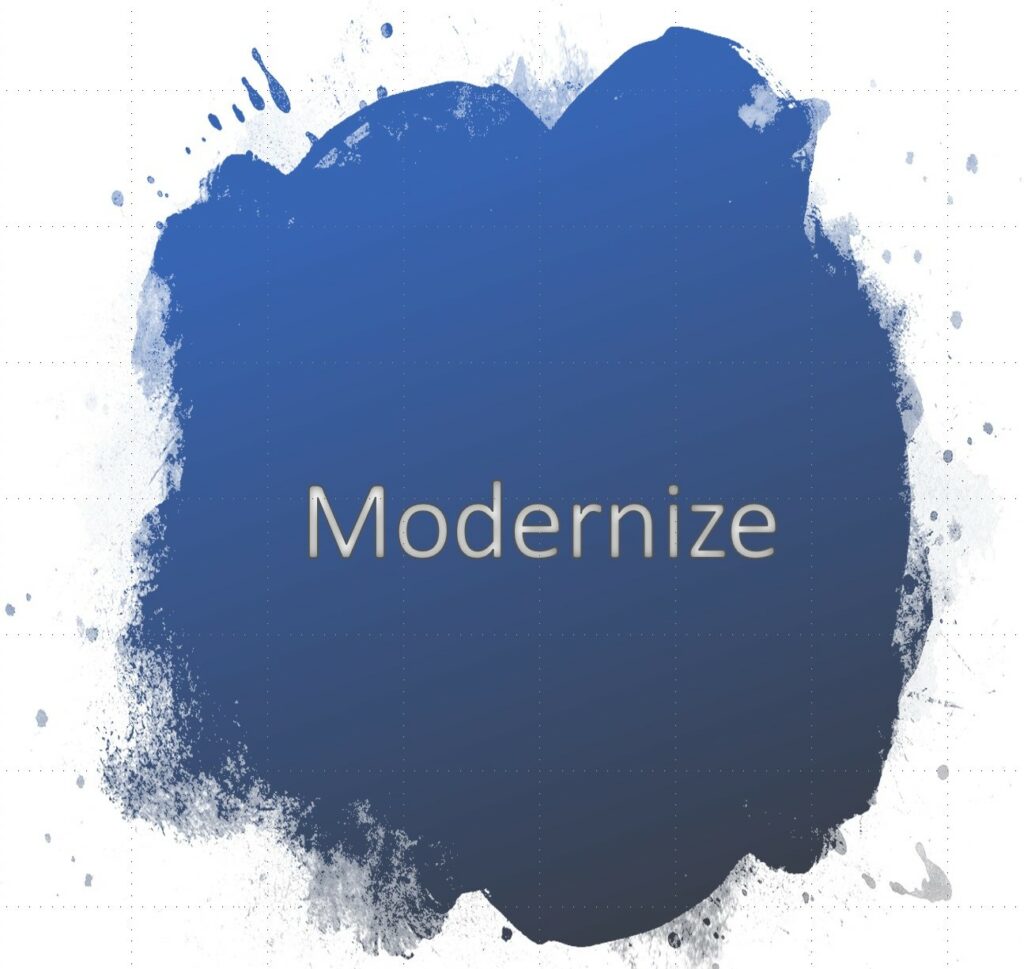Introduction
Law firms today face increasing pressure to modernize their operations to remain competitive, efficient, and attractive to talent. A critical area ripe for transformation is associate work allocation. Traditional models, where partners assign tasks directly based on personal discretion, are no longer sufficient to meet the demands of a modern legal workforce. This approach often leads to inefficiencies, inequities, and dissatisfaction among associates. In addition, law firm partners are both the major fee earners in the organization and often the busiest – they spend too much time on staffing matters and attempting to guide associate talent management and career growth.
Modern work allocation methods, widely embraced in Europe and Asia-Pacific, leverage data-driven systems and structured processes to optimize the assignment of associates to matters. These approaches consider skills, expertise, availability, and career goals, creating a more balanced and efficient system. This white paper outlines the pressures driving this shift, the benefits of modernization, and how consulting services can guide firms through the transition.
Pressures Driving the Need for Modern Work Allocation
Law firms, much like professional services organizations, are navigating operational and workforce challenges. Law firms, specifically, need to address the changing landscape and needs to address the below.

- Optimizing Associate Utilization and Realization: Ensuring associates’ time is used effectively to maximize billable hours and profitability. If no one owns this responsibility, we find that associates are underutilized.
- Driving Greater Profitability: Unlocking more value from associates earlier in their careers. Firms need to get to associate profitability. In some cases, we see firms taking 2-3 years for their associates to be fully profitable.
- Improving Career Satisfaction: Creating clear paths for professional growth and skill development. Associate attrition, according to 3rd party services, costs law firms between $300,000-500,000, each!!!
- Broadening the Talent Pool: Attracting a diverse range of associates with varying backgrounds and expertise. Some of our law firm clients who have adopted centralized resourcing and talent management are finding this to be an attractive hiring tool to differentiate from competing firms.
- Balancing Workloads: Ensuring equitable distribution of work to reduce burnout and promote work/life balance. Associate burnout causes attrition. Better monitoring and distributing work helps with retention.
- Enhancing Transparency: Providing visibility into matter assignments for associates and partners alike. Enabling associates to see what matters may require staffing, allows them to apply for both billable and non-billable matters to extend their experience, education and satisfaction.
- Better Managing Remote Fee Earners: Addressing the unique challenges of hybrid and remote work environments. Better managing associate available and working time and their experiences, allows associates not to be “forgotten” or marginalized when working remotely.
- Supporting DEI Initiatives: Reducing bias and promoting fairness in opportunity distribution. Enabling your diverse associates to have awareness of material work and growth opportunities falls directly within the mandate of most law firm DEI programs – and is exactly what law departments are demanding of their law firms.
- Improving Retention: Enhancing associate satisfaction to reduce attrition rates. Associates often feel isolated, stuck with a partner or team or desire getting their feet wet in other legal practices and disciplines. We are seeing significant improvement in retention leveraging more modern work process, changes in organization and resource/talent management attention and leveraging software tools to support and report on opportunities and growth.
- Differentiating Talent Acquisition: Positioning the firm as an employer of choice for top associate talent. As most US law firms have not fully adopted modern associate work allocation, your firm can differentiate in the marketplace as both innovative and focused on associate development.
The Benefits of Modern Work Allocation
Transitioning to a modern work allocation model can yield several key benefits:
- Increased Efficiency: Optimized utilization of associate time and skills.
- Higher Profit Margins: Improved realization rates and earlier profitability for junior associates.
- Enhanced Associate Satisfaction: Greater alignment with career goals and balanced workloads.
- Improved DEI Outcomes: Transparent, unbiased assignment processes supporting diversity and inclusion goals.
- Stronger Talent Attraction and Retention: A reputation for fairness and professional development opportunities.
- Adaptability for Remote Work: Effective resource management regardless of location.
Consulting Services Overview: Supporting the Transition
Unbiased’s consulting services are designed to guide law firms through the process of adopting modern work allocation methods. The engagement set includes the following stages, but spans resourcing/talent strategy and policy, process modernization, organization modification and centralization, technology adoption, heavy communications and a significant amount of change management focus. Key stages of our work and outcomes can be viewed below.
1. Needs Assessment and Strategy Development
Client Outcomes
- A comprehensive understanding of the firm’s associate allocation challenges and opportunities.
- Understanding of partner and practice needs and concerns.
- Gathering of associate work and allocation desires and needs.
- Clear direction of project/planning, milestones, timelines and investment profile.
- Initial strategy design.
2. Solution Design, Selection and Development
Client Outcomes:
- Design and development of new work allocation strategies and policies, process modernization, organization redesign, technology enhancement and reporting, communications and change management approach, training and education.
- Adoption approach and refined direction
- Identification and implementation of the optimal work allocation technology platform.
3. Pilot Implementation

Client Outcomes:
- Proof of concept for modern work allocation across policy, process, organization, technology, communications, change management and training/education.
- Initial insights into performance and user satisfaction.
- Modifications to the above.
4. Full-Scale Deployment
Client Outcomes:
- Successful adoption of a firmwide allocation model.
- Tangible improvements in efficiency, satisfaction, and DEI outcomes.
5. Continuous Improvement
Client Outcomes
- Sustained performance improvements and ROI.
- A dynamic system that evolves with the firm’s goals and challenges.
Conclusion
Modernizing work allocation is no longer optional for law firms seeking to remain competitive. By adopting transparent, data-driven methods, firms can unlock significant value—from higher profitability to enhanced associate satisfaction and stronger DEI outcomes.
Our consulting services provide a comprehensive pathway to successfully implement these changes, ensuring your firm is well-positioned for sustained success in a dynamic legal landscape.
If your firm is contemplating its associate work allocation or resource management journey, we can help. For more information about Unbiased Consulting’s services, please visit our website at www.unbiasedconsulting.com, email us at info@unbiasedconsulting.com, or call us at 312.967.6317.

